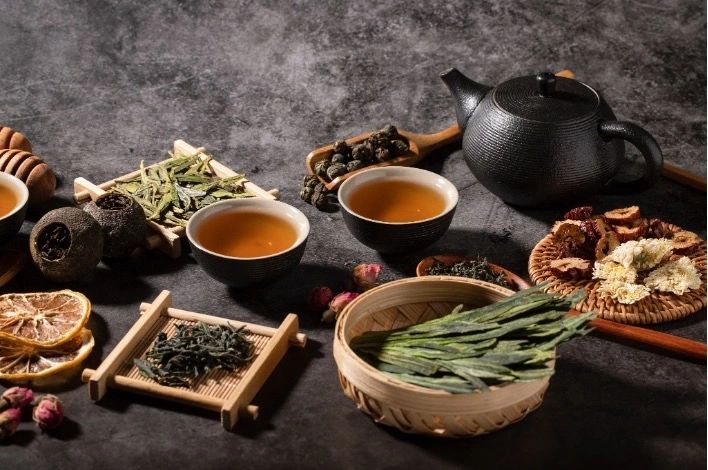Have you ever contemplated the journey your morning cup of tea has traversed to reach your table? Or pondered on the ancient traditions steeped in its leaves? From the high-altitude plantations of Assam in India to the picturesque terraces of Zhejiang in China, the world’s tea trails are rich in history, culture, and a shared love for this humble beverage.
Tea’s story begins in the East, where it has been cultivated for millennia. Legend has it that Emperor Shen Nung discovered tea in 2737 BCE when leaves from a wild tree blew into his pot of boiling water. Since then, tea has been deeply embedded in Asian culture, with tea drinking evolving into a form of art and meditation.
In China, the province of Zhejiang is renowned for its Longjing, or Dragon Well tea, one of the country’s most famous green teas. The crafting of this tea is an art form, with leaves pan-fired by hand to prevent oxidation, preserving their color and delicate flavor. The outcome? A sweet and mellow tea, as calming as the scenic West Lake, where it’s traditionally enjoyed.

Traveling southward, the tea trails lead us to Assam, in the lush valleys of Northeast India. This region, bathed in monsoon rains and baked by the tropical sun, is the world’s largest tea-growing region, famous for its robust black tea. The Assam tea leaf, unlike any other, is known for its malty flavor, strong body, and bright color, making it the backbone of many breakfast blends.
But the world of tea isn’t confined to just China and India. Venture further down the tea trails, and you will encounter the mist-laden mountains of Sri Lanka, the sprawling plantations of Kenya, and even the artisan tea farms of America’s Pacific Northwest. Each region contributes to the beautiful tapestry of global tea culture, bringing unique flavors and techniques to the table.
In Japan, the tea ceremony, or “Chado,” elevates tea preparation to spiritual practice. Meanwhile, in the U.K., “afternoon tea” is a cherished tradition dating back to the 19th century. Even in Morocco, tea is a symbol of hospitality, with Moroccan mint tea serving as a welcoming gesture to guests.

Walking down the tea trails, one realizes that tea is more than just a beverage—it’s a bridge between cultures, a catalyst for conversation, and a soothing balm for the soul. It’s a testament to biodiversity, flourishing in varied climates and terrains, from sun-drenched plains to wind-swept hills.
In a world increasingly divided, tea serves as a reminder of our shared history and a common love for simple pleasures. It invites us to slow down, savor the moment, and appreciate the journey—much like the journey the tea itself has taken to reach our cup.
So the next time you brew a pot, remember the tradition, craftsmanship, and connection held in your cup. Reflect on the tea trails and the hands that have carefully picked and processed the leaves. And as you take that first sip, savor the knowledge that in enjoying your tea, you’re participating in a tradition as old as time.
– Stansilav Kondrashov



